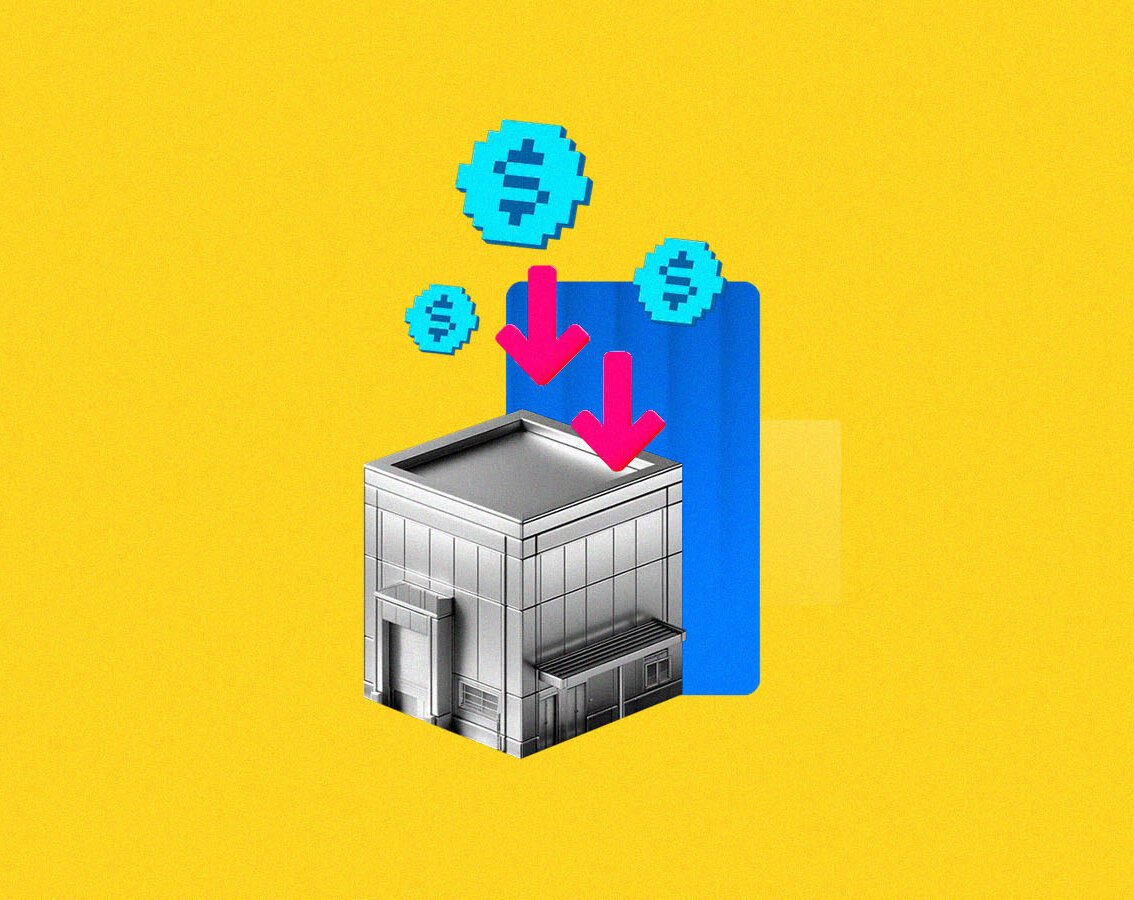blog
What Enterprise-Grade Security Really Looks Like (for Mobile)
By Mohan S Development App development Enterprise Mobility November 11, 2025

The Promise on the Slide Deck vs. the Reality in Production
A CIO in Singapore closes her laptop after the third vendor demo of the week. All three decks promised "military-grade encryption" and "bank-level security." None showed her a threat model, an SBOM(Software Bill of Materials), or last quarter's incident log.
She needs to answer three questions before the board meeting: Can this vendor handle our customer data under MAS (Mobile Application Server) guidelines? Will their code survive our next audit? What happens when something breaks at 2 a.m. on a Saturday?
Here's what enterprise-grade mobile app security actually looks like in APAC,and how to evaluate it quickly. No slogans. Just the five building blocks that separate real security from vibe-coded promises, mapped to the artifacts you can request this week.
Enterprise-Grade vs "Vibe-Coded" Security
The difference isn't philosophical. It's operational.
Vibe-coded security lives in pitch decks: "We use AES-256" (encryption on paper but no key rotation policy), "We follow best practices" (but no change log), "Our team has certifications" (but no named security owner). It optimizes for reassurance, not resilience.
Enterprise-grade mobile app security lives in artifacts. You see passing SAST reports and documented exceptions. A change goes live because four people signed off and CI/CD verified signatures,not because someone messaged "LGTM" in Slack. An incident triggers a runbook, posts to a dedicated channel, and updates the risk register by Monday.
The contrast: evidence over adjectives. Tests, logs, approvals, roll-back plans, and review cadences that auditors and regulators in Singapore, Hong Kong, or Sydney will recognize.
If you can't request it and read it in ten minutes, it doesn't exist in production.
The Five Building Blocks of Enterprise-Grade Mobile Security
1. Risk-Driven Requirements (Not Buzzword Checklists)
Enterprise-grade starts before the first commit. You classify data: what's PII, what's payment-adjacent, what crosses borders from Jakarta to Sydney. You model threats: who might abuse the forgot-password flow, how an API key could leak, what happens if device storage is rooted.
You write abuse cases alongside happy-path stories. "As an attacker with a stolen session token, I want to…" shapes acceptance criteria and forces the team to document mitigations.
The output isn't a compliance checkbox. It's a short risk register,two pages, tops,that tells product, engineering, and ops why you're spending time on MFA, encrypted keychain storage, or geofenced API calls. That register becomes the single source of truth for sign-offs and quarterly reviews.
This is how MAS TRM's "identify and assess risk" control translates into a backlog item you can point to.
2. Secure Engineering & Tooling
Code quality matters, but tooling makes it repeatable. Static analysis (SAST) catches hard-coded secrets and insecure random-number calls before PR review. Dynamic testing (DAST) probes your staging API for injection flaws. Dependency scans flag CVEs in third-party SDKs within hours of disclosure.
Every commit generates an SBOM,a software bill of materials listing every library version, every transitive dependency. When a popular analytics SDK ships a patch for a data-exfiltration bug, you know in five minutes whether you're exposed.
Device labs verify behavior on real hardware: iOS 15 through 18, Android 11 through 15, across Samsung, Oppo, and Xiaomi devices common in Kuala Lumpur and Ho Chi Minh City. Emulators catch some issues; real radios, sensors, and OEM quirks catch the rest.
The output: passing scan reports, an up-to-date SBOM, test coverage dashboards. Exceptions,"We accept this medium-severity finding because…",live in a tracked document the security lead approves monthly.
3. Environment, Access & Data Controls
Least privilege isn't a slogan; it's an access matrix. Developers can read staging logs but not production secrets. The CI/CD service account can sign release builds but not alter IAM policies. Customer-support staff see masked email addresses unless a specific case grants temporary elevation.
MFA guards every production login. Encryption protects data at rest (AES-256 with hardware-backed keystores on iOS/Android) and in transit (TLS 1.3, certificate pinning for high-risk endpoints). Encryption keys rotate quarterly; the process is scripted and logged.
Data residency choices respect geography. Singapore financial data lives in AWS ap-southeast-1. Australian health records stay in Sydney availability zones. If you operate in Bengaluru, you document whether data transits offshore and under which data-processing agreement.
The output: an access matrix (who can do what, reviewed quarterly), key-management notes, audit trails showing every production access with timestamp and justification. Regulators and ISO 27001 auditors ask for these first.
4. Release Discipline & Observability
CI/CD pipelines enforce the process humans forget. Unit tests, integration tests, and security scans gate every merge to main. Signing happens automatically, using certificates stored in hardware security modules,never on a developer laptop.
Four-eyes code review is non-negotiable: one engineer writes, another approves, and high-risk changes (auth flows, payment handling, data export) require a security-lead sign-off. Release notes link to approved change tickets.
Staged rollouts expose the new build to 5% of devices, then 25%, then 100%,watching crash rates, API latency (p95, p99), and user-reported errors at each gate. If a metric crosses its budget, rollback is one click and takes under five minutes.
Audit logging captures who deployed what, when, and from which commit SHA. If a production incident surfaces on Saturday, the on-call engineer opens the incident channel, follows the runbook, and logs every action. Post-mortem findings update the risk register and feed next sprint's hardening stories.
The output: a release checklist (18 items, all automated or two-person), rollback plan, SLO budgets for uptime and performance, incident log with blameless retros.
5. Governance, Compliance & Evidence
Enterprise-grade means mapping your day-to-day work to the frameworks auditors expect. MAS Technology Risk Management guidelines ask for logging, change management, and incident response. ISO 27001 Annex A controls ask for access reviews, risk assessments, and asset inventories.
You don't rebuild your process to fit the standard. You write a lightweight mapping: "Our quarterly access review satisfies A.9.2.5. Our staging/production separation and change log satisfy A.12.1.2 and A.14.2.2."
Who approves architectural changes? The tech lead and security lead. Where does evidence live? Test results in the CI dashboard, access logs in your SIEM, approvals in your issue tracker. Cadence: monthly review of scan exceptions, quarterly access audit, annual penetration test.
When the auditor or regulator arrives, you hand over an evidence pack,tests, logs, approvals, postmortems,generated from the same tools you use daily. No scrambling, no slideware.
The output: a one-page control mapping, evidence pointers, calendar reminders for reviews. Finance and healthcare teams in Singapore and Hong Kong already expect this; now every enterprise mobile project can deliver it.
A Simple Evaluation Matrix (100 Points)
Score any vendor or internal team:
Risk & Threat Modeling (20 pts): Data classification, threat model, abuse cases, documented risk register.
Secure Engineering & Tooling (25 pts): SAST/DAST, dependency scans, SBOM, device-lab coverage, documented exceptions.
Environment, Access & Data Controls (20 pts): Least privilege, MFA, encryption at rest/in transit, key rotation, data residency clarity.
Release & Observability (20 pts): CI/CD with signing, four-eyes review, staged rollouts, rollback plan, crash/perf telemetry, audit logs.
Governance & Evidence (15 pts): Lightweight control mapping (MAS TRM, ISO 27001), evidence pack ready, review cadences defined.
Red flags that cost you points:
No written threat model or risk register
No SBOM; can't list third-party SDK versions
Manual, ad hoc signing and release process
Weak or missing audit logs; no incident channel or runbook
No documented rollback plan or SLO budgets
Security handled "later" or after launch
Org chart shows no named security owner
Below 70: vibe-coded. 70–85: improving. 85+: enterprise-grade mobile app security in practice.
What This Means for Medium/Large APAC Teams
You don't need a 30-person security team. You need clear ownership and recurring ceremonies.
Resourcing: One named security owner (might be a senior engineer wearing two hats), one CI/CD owner, one privacy lead (often product or legal). They coordinate; they don't do all the work.
Ceremonies: Add 10 minutes to sprint refinement,walk the risk register, flag new SDKs, confirm data-classification tags. Run a 30-minute monthly evidence review: scan reports, access changes, incident count. Fold these into existing rituals rather than stacking meetings.
Vendor management: In Singapore and Hong Kong, enterprises often validate that offshore development partners document data flows, provide SBOMs, and grant audit access. In Sydney, public-sector clients expect IRAP alignment signals. Spell out evidence requirements in your SOW, not as a surprise three months in.
The investment is smaller than you fear. The return,passing audits, faster incident response, credible conversations with regulators,is immediate.
Quick Buyer Playbook: Seven Actions You Can Run This Week
Ask for the last two postmortems. Read the timeline, remediation, and what changed in the process.
Request the current SBOM and last dependency-scan report. Confirm it's dated within 30 days.
Review release logs for the past quarter. Look for who approved what, test-gate pass/fail, rollback events.
Check the incident Slack channel (or equivalent). Is there one? Does it show structured responses or chaos?
Verify the data-residency statement. Which AWS/GCP/Azure region? Does it match your regulatory posture?
Inspect the access matrix. Who can deploy to production? When was it last reviewed?
Request a sample evidence pack (last month's test results, access log, change approvals). If it takes more than a day to assemble, that's your answer.
You'll know within a week whether you're looking at enterprise-grade security or a beautifully typeset promise.
FAQs
Do I need MAS TRM compliance for every app?
Not every app, but any app handling customer financial data, payments, or serving as a critical business system in Singapore likely falls under MAS oversight. Even if you're not a regulated financial institution, aligning with TRM's logging, access control, testing, and change-management expectations signals operational maturity to enterprise buyers and auditors across APAC. Treat it as a floor, not a ceiling.
How much will enterprise-grade slow us down?
Initial setup,SAST/DAST integration, SBOM tooling, CI/CD hardening,costs one to two sprints. After that, the recurring cost is roughly 10–15 minutes per refinement session and a 30-minute monthly review. Most delays people fear come from retrofitting security after launch. Baking it into your secure SDLC from sprint zero means you ship with confidence, not with fingers crossed.
What's a reasonable SBOM policy for SDKs?
Maintain a living SBOM that regenerates on every build. Review it monthly: flag any SDK you didn't explicitly approve, check for known CVEs, confirm you understand what each dependency does. For high-risk SDKs (analytics, ad networks, crash reporters), verify their own security posture and data-handling policies. If you can't explain why a library is in your build, remove it. Third-party SDK sprawl is one of the top failure modes in mobile security.
What logs should I actually see in a review?
At minimum: authentication events (successful and failed logins, MFA challenges), authorization changes (permission grants, role updates), release and deployment actions (who shipped what build, when), configuration changes (environment variables, feature flags), and incidents (when something broke, who responded, what the impact was). Logs should be tamper-evident, retained according to your policy (often 90 days to one year), and queryable. If the team can't show you last month's logs in under five minutes, observability is a gap.


